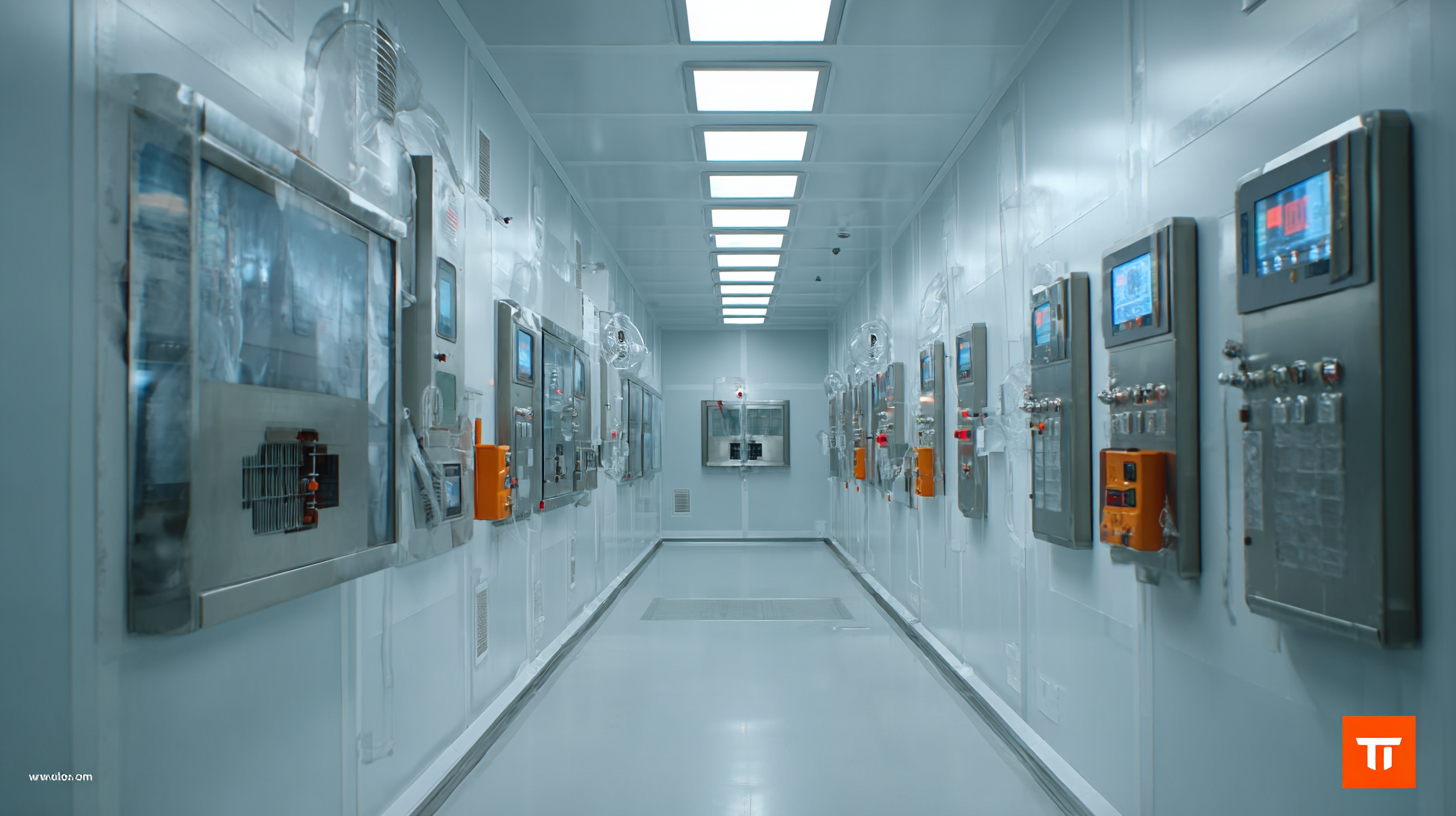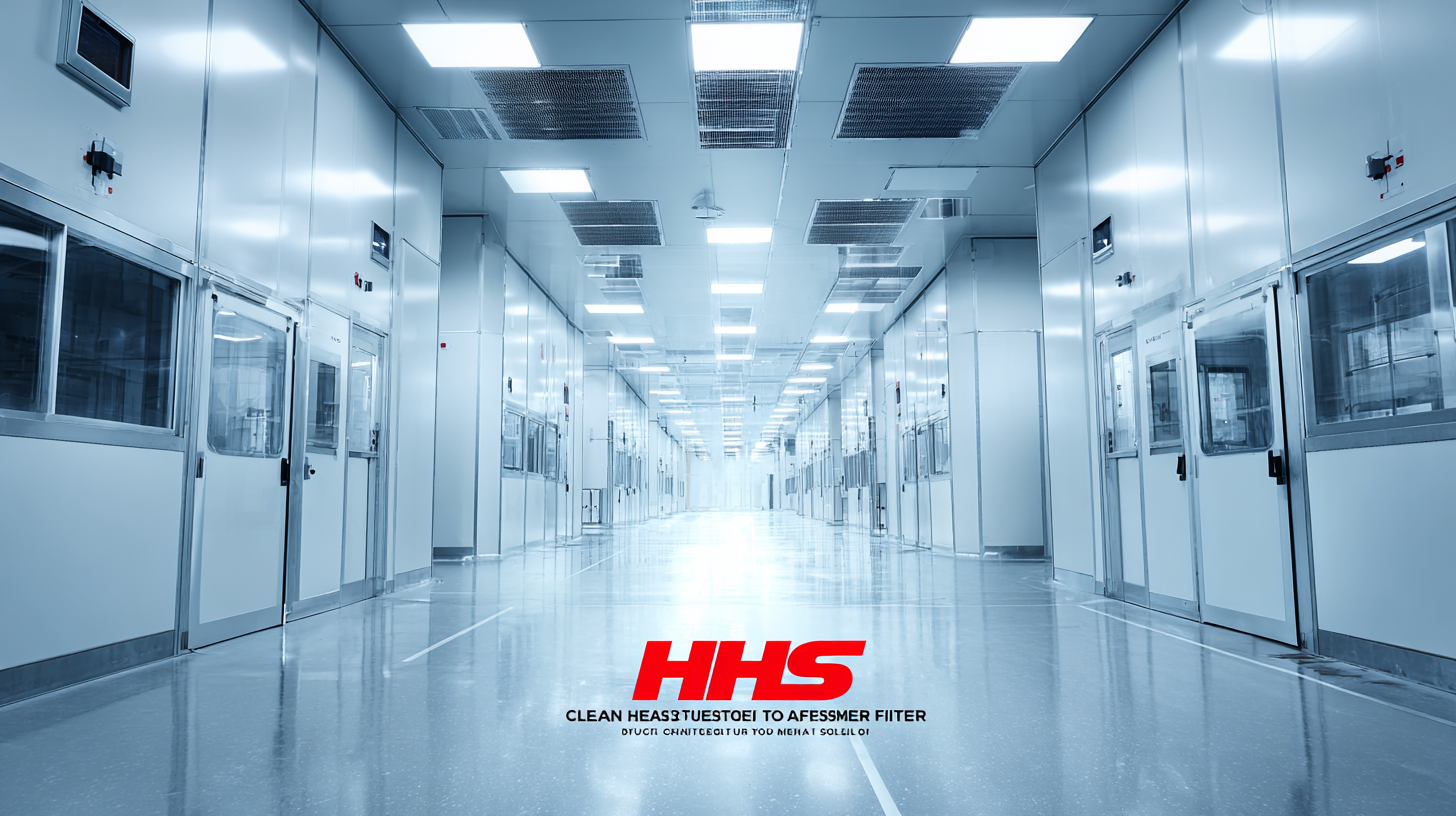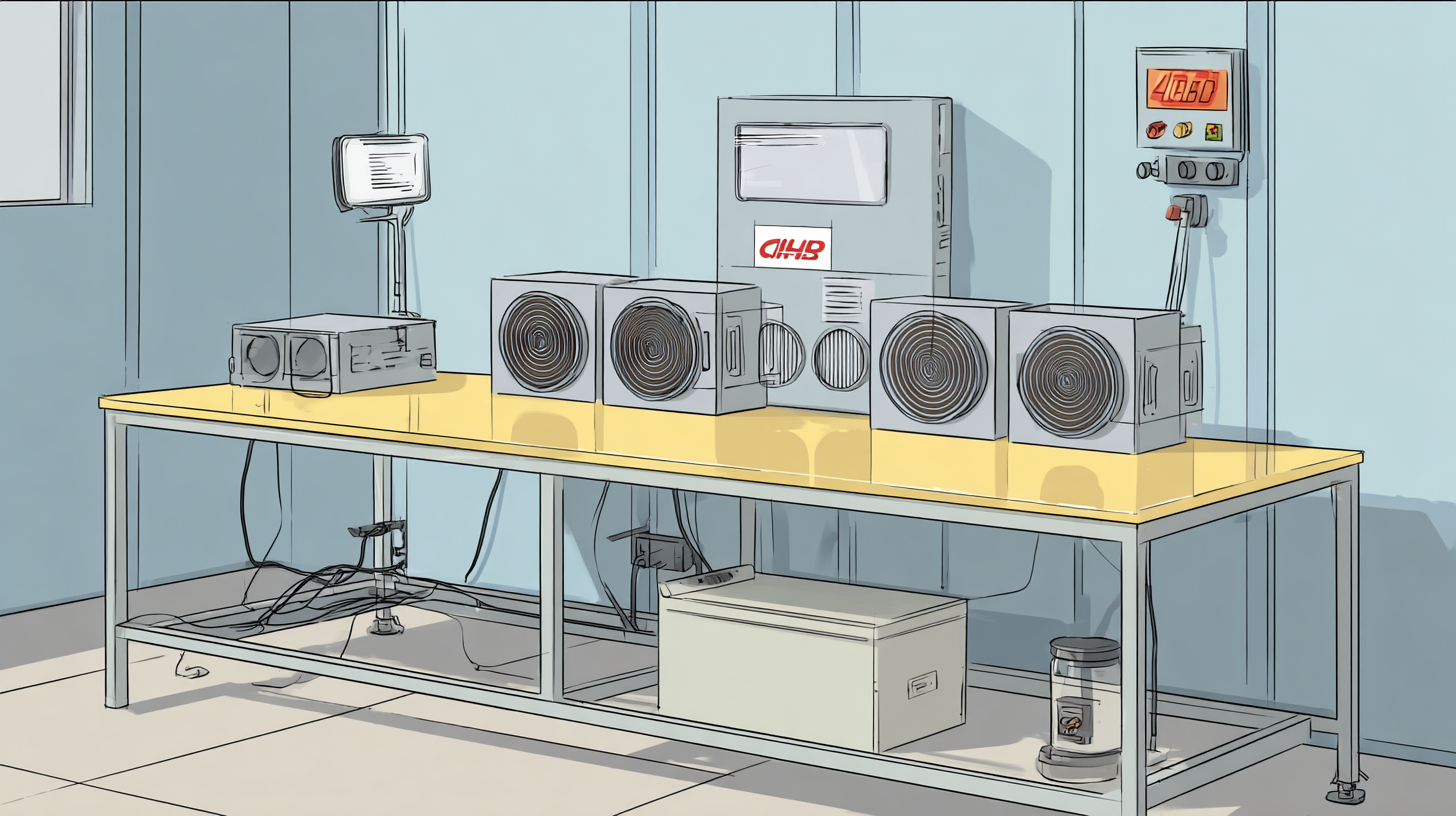
Ultimate Guide to Selecting the Best Clean Room Air Filter for Optimal Contamination Control
 In industries where contamination control is paramount, such as semiconductor manufacturing and pharmaceuticals, the selection of an appropriate Clean Room Air Filter is crucial for maintaining the integrity of the environment. According to a report by the International Organization for Standards (ISO), over 80% of all contamination issues in clean rooms can be traced back to inadequate air filtration. With rising standards in clean room classifications and an increasing focus on product quality and compliance, the need for advanced filtration solutions has never been more pressing. As the market for cleanroom technology is projected to grow at a CAGR of 6.5% through 2027, it becomes essential for businesses to optimize their air filtration systems. This ultimate guide will explore top strategies for selecting the best Clean Room Air Filter to not only meet regulatory requirements but also enhance operational efficiency and product reliability.
In industries where contamination control is paramount, such as semiconductor manufacturing and pharmaceuticals, the selection of an appropriate Clean Room Air Filter is crucial for maintaining the integrity of the environment. According to a report by the International Organization for Standards (ISO), over 80% of all contamination issues in clean rooms can be traced back to inadequate air filtration. With rising standards in clean room classifications and an increasing focus on product quality and compliance, the need for advanced filtration solutions has never been more pressing. As the market for cleanroom technology is projected to grow at a CAGR of 6.5% through 2027, it becomes essential for businesses to optimize their air filtration systems. This ultimate guide will explore top strategies for selecting the best Clean Room Air Filter to not only meet regulatory requirements but also enhance operational efficiency and product reliability.
Understanding Clean Room Standards and Classifications for Air Filters
Clean rooms are critical environments where control over air quality is paramount, particularly in industries like pharmaceuticals, biotechnology, and electronics. The cleanliness of the air in these controlled environments is measured by specific standards, categorized by class, which is determined by the maximum allowable particle counts. According to ISO 14644-1, clean room classifications range from ISO Class 1 (the cleanest) to ISO Class 9. For instance, an ISO Class 5 clean room permits a maximum of 3,520 particles per cubic meter at sizes equal to or greater than 0.5 micrometers, ensuring stringent control over contamination.
When selecting air filters for clean rooms, it is essential to consider the efficiency ratings of the filters, such as HEPA (High-Efficiency Particulate Air) and ULPA (Ultra-Low Penetration Air) filters, which boast efficiencies of 99.97% and 99.999% respectively for particles of 0.3 micrometers. A thoughtful approach involves using filters that not only meet but exceed the required standards for the specific clean room classification to enhance reliability.
Tip 1: Regularly monitor and replace filters according to a predetermined schedule or based on pressure drops to maintain optimal air quality.
Tip 2: Ensure that the filter selection aligns with the clean room's operational parameters, including airflow rate and room classification, to ensure compliance with industry regulations.
By adhering to these standards and practices, facilities can ensure efficient contamination control and maintain the integrity of their clean room environments.
Key Performance Metrics: Air Filter Efficiency and Contaminant Removal Rates
When selecting an air filter for a clean room, understanding key performance metrics such as air filter efficiency and contaminant removal rates is crucial. Air filter efficiency is typically measured by the Minimum Efficiency Reporting Value (MERV) rating, which indicates the filter's ability to capture particles of varying sizes. A higher MERV rating means the filter can trap smaller particles more effectively, making it essential for environments that demand stringent contamination control, such as pharmaceuticals and semiconductor manufacturing.

The contaminant removal rate also plays a vital role in choosing the right air filter. This metric reflects how effectively a filter can remove specific pollutants—like dust, bacteria, and volatile organic compounds—from the air. Filters with higher removal rates ensure that the air quality meets the strict standards required in clean rooms. Additionally, it’s important to consider the filter's lifespan and maintenance requirements, as these factors can influence operational efficiency and costs. By prioritizing these essential metrics, you can ensure optimal performance and protection against contamination in your cleanroom environment.
Material Matters: Evaluating Filter Media Types for Optimal Performance
When selecting a clean room air filter, the choice of filter media plays a critical role in ensuring optimal performance. Different materials exhibit distinct properties that can significantly influence their particulate retention capabilities, airflow resistance, and overall efficiency. For instance, high-efficiency particulate air (HEPA) filters, commonly made from fibrous glass, are renowned for their ability to capture 99.97% of particles as small as 0.3 microns. This makes them a preferred option in environments where contamination control is paramount, such as laboratories and pharmaceutical manufacturing.
On the other hand, synthetic media filters made from polymers like polyester offer advantages in terms of lower airflow resistance and enhanced durability. These filters can maintain performance over longer periods, reducing maintenance frequency and costs. Additionally, evaluating the electrostatic properties of filter media can reveal significant benefits. Electrostatic filters attract and capture smaller particles more effectively, which is crucial in clean rooms where even the tiniest contaminants can compromise compliance and product integrity.
Choosing the right filter material not only ensures optimal air quality but also aligns with the specific operational needs of your clean room environment.
The Role of Air Changes per Hour (ACH) in Clean Room Air Quality Management
In clean room environments, managing air quality is crucial for minimizing contamination risks. One vital aspect of this management is the Air Changes per Hour (ACH) rate. This metric measures how many times the total volume of air in a clean room is replaced with filtered air in an hour. A higher ACH rate can effectively dilute airborne contaminants and ensure a consistently clean atmosphere, which is particularly important in industries such as pharmaceuticals and electronics.
When determining the ideal ACH for your clean room, consider the specific needs of your operations. For instance, research facilities may require more frequent air changes to maintain ultra-clean conditions, while manufacturing spaces might operate efficiently with a lower ACH. A general rule of thumb is to aim for a minimum of 15-20 air changes per hour in critical areas, but this can vary based on activities being performed.
**Tips:** To optimize your clean room’s air quality, regularly monitor ACH levels to ensure they align with industry standards. Adjust your air filtration system in response to any changes in workload or contaminants. Additionally, maintaining filters and ensuring they are replaced periodically can enhance circulation and improve overall cleanliness.
Ultimate Guide to Selecting the Best Clean Room Air Filter for Optimal Contamination Control
| Filter Type | Efficiency (%) | Air Changes per Hour (ACH) | Application | Recommended Velocity (FPM) |
|---|---|---|---|---|
| HEPA Filter | 99.97 | 20 | Pharmaceutical | 80 |
| ULPA Filter | 99.999 | 30 | Microelectronics | 60 |
| Activated Carbon Filter | N/A | 15 | Chemical Fume Control | 100 |
| Pre-Filter | 70 | 25 | General Purpose | 150 |
| Electrostatic Filter | 90 | 10 | Food Industry | 300 |
Cost vs. Quality: Making Informed Investment Choices in Clean Room Filters
When selecting the best clean room air filter, the balance between cost and quality is crucial for effective contamination control. Clean rooms are critical in sectors such as pharmaceuticals, semiconductor manufacturing, and biotechnology, where even minute particles can compromise product integrity and safety. Therefore, investing in high-quality filters is not merely an expense; it's a strategic decision that can lead to significant long-term savings by reducing downtime, maintenance costs, and product failures caused by contamination.

While cheaper filters may seem appealing at first glance, they often require more frequent replacements and can result in increased energy consumption due to inefficiencies. High-quality clean room filters, although potentially higher in upfront costs, tend to have better filtration capabilities and longer life spans. This means fewer replacements, lower operational costs, and enhanced air quality. It's essential for companies to assess their specific contamination risks, the environment's demands, and their budgetary constraints to make informed investment choices that ensure optimal clean room performance. By prioritizing quality over cost, organizations can achieve both compliance with industry standards and peace of mind in their operations.
